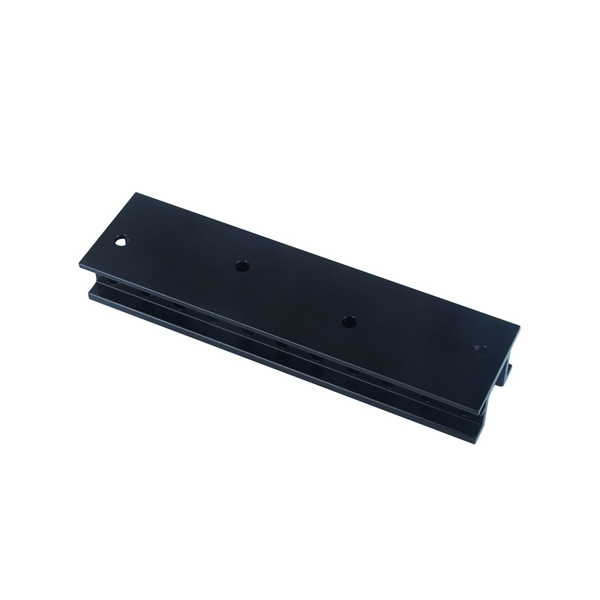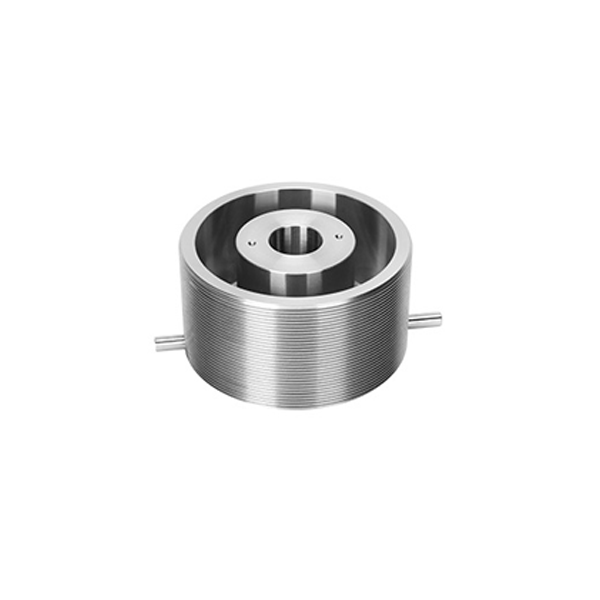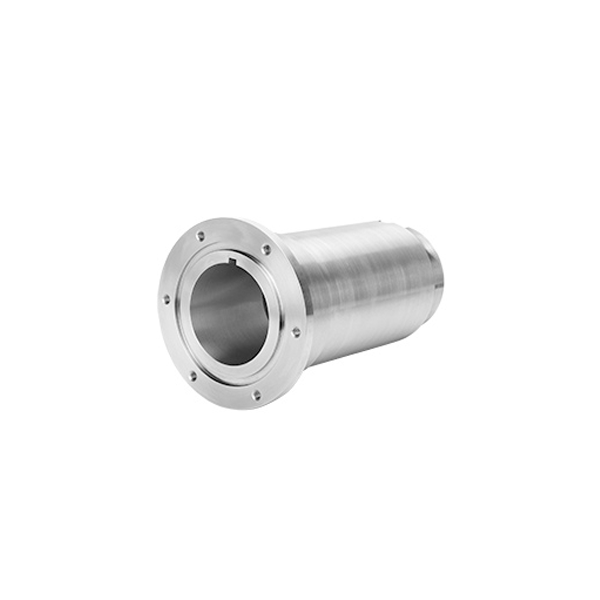GD Prototyping

Custom Plastic Injection Mold
-
Mold Material: High-grade tool steel, aluminum
-
Tolerance: Up to ±0.01 mm
-
Cavity Options: Single-cavity or multi-cavity molds
-
Surface Finish: Polished, textured, or custom coatings
-
Production Capacity: Suitable for prototype molds to millions of cycles
-
Lead Time: Typically 3–6 weeks depending on complexity
- Description
- Specification
- Application
- FAQS
A custom plastic injection mold offers an efficient way to manufacture plastic components with intricate shapes and consistent quality. The process heats plastic until molten and injects it under pressure into a mold cavity shaped like the desired part. Once the plastic cools and solidifies, it takes the mold’s form, producing components that meet tight tolerances and complex design needs.
Custom molds use steel or aluminum, depending on production volume and part complexity. After molding, ejector pins push the finished part out, allowing the mold to be reused multiple times. This supports both small batches and large-scale production while maintaining consistent quality.
Custom plastic injection molds accommodate a wide range of plastics. Thermoplastics like polyethylene, polypropylene, polystyrene, and nylon are common choices. Engineering plastics such as ABS and polycarbonate offer higher strength and chemical resistance. Selecting the right material depends on your part’s function and environment.
Beyond basic molding, custom molds allow you to add features like insert molding, overmolding, and surface texturing. These options reduce post-processing or assembly needs, speeding up production and lowering costs.
Industries such as automotive, medical devices, electronics, and consumer goods rely on custom plastic injection molding. It produces durable, lightweight, and precise parts that perform well in demanding applications. The process ensures repeatability and fidelity across production runs.
From prototyping to full production, custom plastic injection molds provide a flexible manufacturing solution. You control part specifications, materials, and production scale, helping you speed up time-to-market and manage costs.
| Parameter | Value / Description |
|---|---|
| Process Name | Injection molding |
| Materials Used | Plastic materials |
| Process Steps | Heating, injecting molten plastic into a mold, cooling, and solidifying |
| Key Benefits | Efficient mass production of molded products |
-
Automotive: Interior panels, connectors, and lightweight structural parts.
-
Medical: Device housings, surgical tools, and precision components.
-
Consumer Electronics: Enclosures, casings, and detailed small parts.
-
Industrial Equipment: Durable plastic components for machinery and tools.
-
Packaging: Custom-designed plastic containers, caps, and closures.
-
Household Products: Everyday plastic goods and appliance parts.
Q1: How long does a custom injection mold last?
With proper maintenance, steel molds can last for millions of cycles.
Q2: What plastics can be molded?
ABS, PP, PC, Nylon, PEEK, and many other thermoplastics are available.
Q3: How precise are your molds?
We achieve tolerances as tight as ±0.01 mm.
Q4: Can you make prototype molds?
Yes, we offer aluminum molds for faster, lower-cost prototyping.
Q5: What industries use injection molds most?
Automotive, medical, electronics, packaging, and consumer products.










